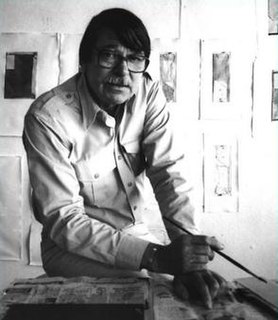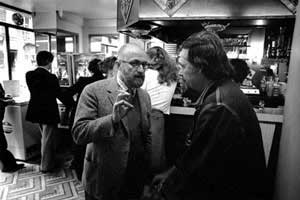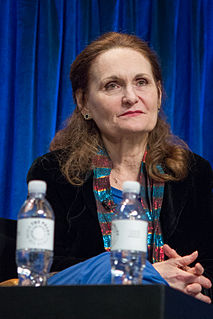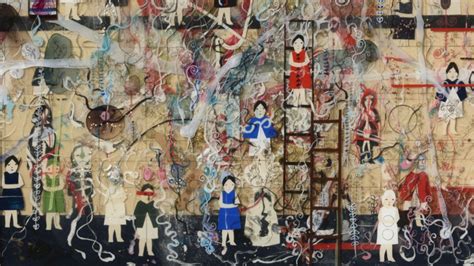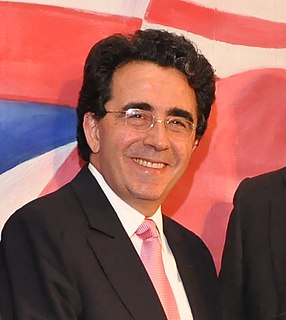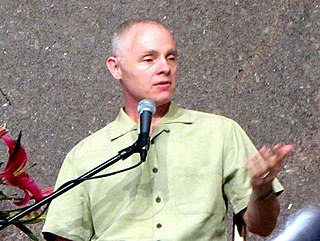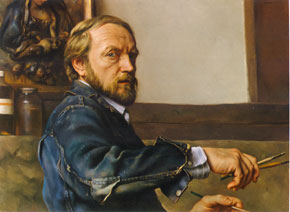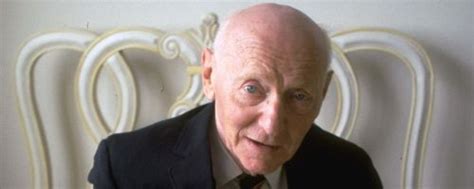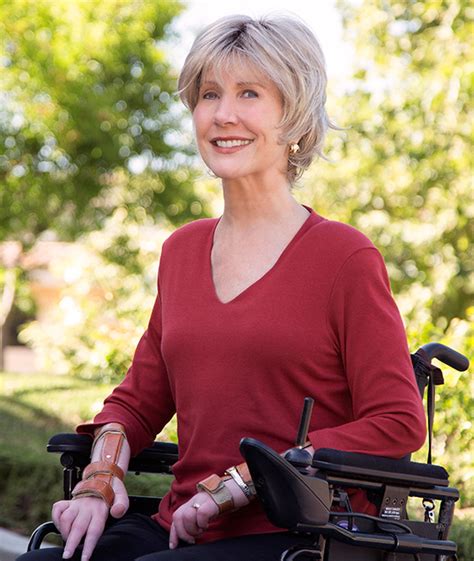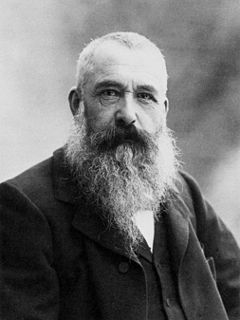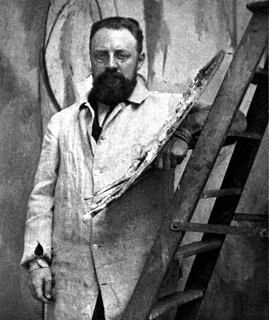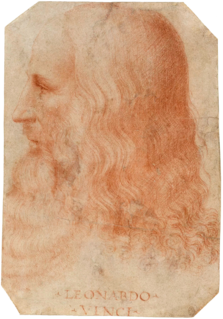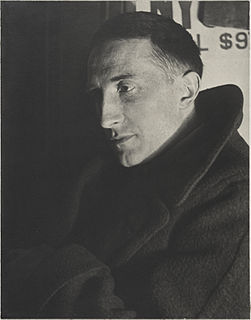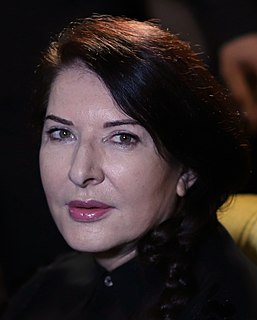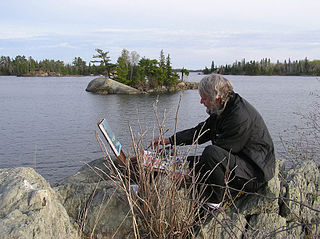A Quote by Caio Fonseca
One of the most important elements of Caio-ness I wanted to keep was that left to right reading, where one form draws you... this movement in what is otherwise a fairly still art, that sense of pulling the eye. It involves a sense of time. To me that's esoteric and magical and playful, and if a painting doesn't have that, to me it's just canvas and paint. If it does have that, then it rises above its materials.
Related Quotes
Cinema is the most challenging art form that you as an artist can create. It's easier to paint a painting because you're very alone. You just have the canvas in front of you and then you do stuff. I'm not saying it's easy to paint, but it's a solitary thing. Whereas movies combine so many different things from pre-production to production, sound design, production designing, leading, organizing, while still being creative.
Painting from life was incredibly important for me because it allowed me to train my eyes to see everything that is there. But I realized early on that painting from life wasn't something that I was all that invested in. I was always more interested in the painting than I was the people. For me, removing that as a compulsion offered me a lot more freedom to actually paint and think about color, form, movement, and light.
There are so many people who have a training in art history; and if you've spent time looking at old art, you become attuned to what art does through materiality and so you begin to look to that in contemporary art as well. And anyway, I do think that matching one's experience with what you're looking at and questioning what you're looking inevitably involves materiality, just like it involves the sense of place.
All of a sudden I got a vision of Guernica - Pablo Picasso's painting, which is one of my all-time favorite paintings in the world. I remember reading that it was very controversial at the time - some people said even used the word "childlike drawing" - and all of a sudden I thought, "This is like Guernica in Los Angeles!" And then it all made sense to me. It was all the elements that are the Southland.
Each painting seems to have a very specific size it wants to be. I have even started a painting or two over just because I didn't like the feeling of the particular image at a particular size. The Parlor needed to be large because I wanted it to feel like a full-size room you could step into. Unfortunately for me, I paint the same way on an eight-foot canvas as I do on a five-inch miniature. I still use very tiny brushes and noodle every square inch. It took me nearly a year to paint The Parlor.
For me, architecture is an art the same as painting is an art or sculpture is an art. Yet, architecture moves a step beyond painting and sculpture because it is more than using materials. Architecture responds to functional outputs and environmental factors. Yet, fundamentally, it is important for me to stress the art in architecture to bring harmony.
Ego is the movement of the mind toward objects of perception in the form of grasping, and away from objects in the form of aversion. This fundamentally is all the ego is. This movement of grasping and aversion gives rise to a sense of a separate 'me,' and in turn the sense of 'me' strengthens itself this way.
Well, painting is the one thing I do, that is just me. It's me and easels, and the pencils. And as long as I don't drool too much over the canvas, the colors come out pretty good. And it's a chance to express all that I've got inside, that I sometimes keep hidden. And I think that's why I paint big broad, wide open landscapes.
The sense of a spiritual dimension in life is absolutely important, and the religious communities are also important. The question of believing in a set of creedal statements is a lot less important, because I realize the Christian movement thrived then and can now on other elements of the tradition.



